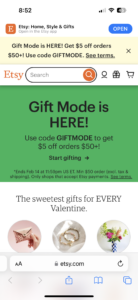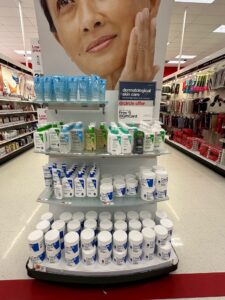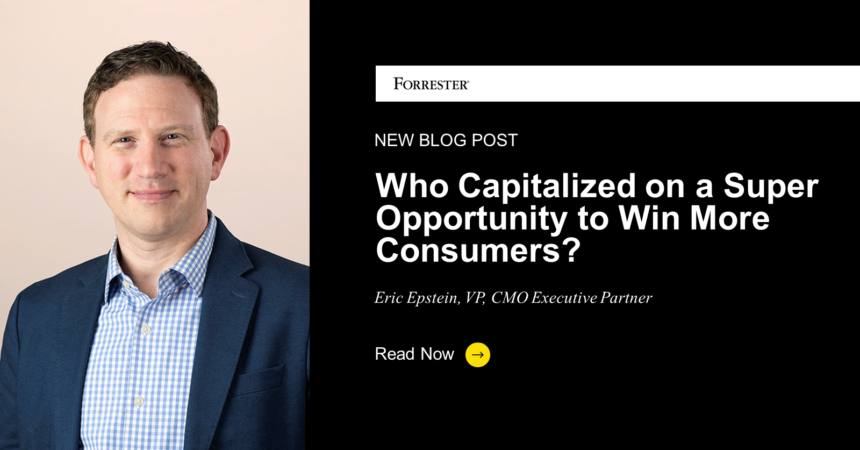Last summer I introduced a framework for overcoming acquisition blockers – or as I called them, the “dark side” of the growth levers that my colleague Dipanjan and I introduced in our report Unlock Your Growth Potential. The key to sustained brand growth is continuously recruiting new customers, and diagnosing and overcoming any of these acquisition blockers is necessary to step change your customer base.
This past Sunday, as marketers showcased their brands on the biggest stage possible, I took special note of which ones maximized their growth potential by overcoming any of these blockers, and which ones might have been better served funneling their $7 million (or more) into other growth levers instead of a Super Bowl ad.
These Acquisition Blockers Can Make Or Break A Brand’s Ability to Capitalize on Media Investment
- Lack of Salience: Ok, let’s get this one out of the way first. Every Super Bowl advertiser bought their spot(s) to ensure their brand reaches the widest audience possible, with the goal of driving more purchases or other types of behavior changes. But some did a better job than others of creating salience – putting their brand in the position to be thought of in a buying situation. That requires more than just a funny story with one, two, or five celebrities – it also requires the brand to be encoded in memory, and inextricably connected to the context of buying within that category. State Farm used a well-executed, funny celebrity-driven story to continuously reinforce their brand assets and positioning such that it will be top of mind when someone has insurance needs. BMW meanwhile also created a very funny celebrity-focused ad, but I’d wager the brand gets very little credit among the viewers.
- Price/Value Gap: Value is not often addressed via the Super Bowl as most brands use the forum to expand on their ability to charge a premium. But Temu spent millions of dollars trying to convince the audience to save money on its platform. And Apple Music used its sponsorship of the halftime show to provide a QR code for 3 free months of music – an opportunistic way to overcome a trial barrier for any streaming holdouts.
- Poor Experience: Several brands leveraged their ads to reinforce a smoother customer experience. Verizon used Beyonce’s mega star power in a well-branded spot about the reliability of their internet service. In one of my personal favorites, Etsy introduced “Gift Mode” to make the experience of finding unique items on their e-commerce site easier. It was immediately reinforced on their website and their app to capitalize on curious new customers.

- Product Irrelevance: Innovative new products, services, and features are often driven by the need to reach a portion of the audience that otherwise doesn’t connect to current product offerings. Google used its valuable Super Bowl ad time to introduce new features on Pixel camera for blind and low vision users, and in the process captured the attention of many other empathetic consumers. Uber Eats did a nice job pulling together an all-star cast to help potential new customers remember that their service isn’t just for restaurant delivery.
- Limited Access: CPG brands should know that to truly take advantage of Superbowl investment they should align physical availability at retail with the mental availability they are creating with their ads (see last year’s blog post). Doritos got the memo – national retailers were overflowing with Doritos Dinamita Sticks in addition to the brand’s core products. CeraVe paired their Michael Cera spot with a stack of product at Target. But try as I might, I failed to find Poppi, a prebiotic soda startup brand that stepped up their ad spending Sunday night (perhaps prematurely). Other categories of advertisers need to get creative to provide broad and easy access to their brands. QR codes, while not a pretty part of any advertisement, help reduce time and friction of consumers downloading an advertised app
 .
.
Even if your brand wasn’t on the big game and never will be, as marketers you have the ability at all different levels to strategically overcome these acquisition blockers and fill the “leaky bucket” of customers. Feel free to reach out to me and my colleagues at Forrester as objective thinking partners on your path to growth.








